-
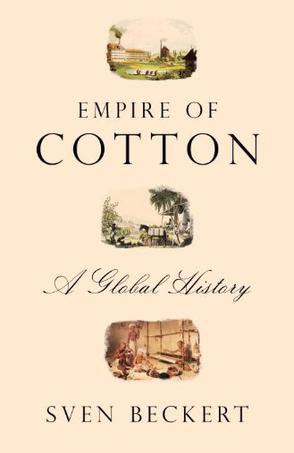
Empire of Cotton
The epic story of the rise and fall of the empire of cotton, its centrality to the world economy, and its making and remaking of global capitalism. Cotton is so ubiquitous as to be almost invisible, yet understanding its history is key to understanding the origins of modern capitalism. Sven Beckert’s rich, fascinating book tells the story of how, in a remarkably brief period, European entrepreneurs and powerful statesmen recast the world’s most significant manufacturing industry, combining imperial expansion and slave labor with new machines and wage workers to change the world. Here is the story of how, beginning well before the advent of machine production in the 1780s, these men captured ancient trades and skills in Asia, and combined them with the expropriation of lands in the Americas and the enslavement of African workers to crucially reshape the disparate realms of cotton that had existed for millennia, and how industrial capitalism gave birth to an empire, and how this force transformed the world. The empire of cotton was, from the beginning, a fulcrum of constant global struggle between slaves and planters, merchants and statesmen, workers and factory owners. Beckert makes clear how these forces ushered in the world of modern capitalism, including the vast wealth and disturbing inequalities that are with us today. The result is a book as unsettling as it is enlightening: a book that brilliantly weaves together the story of cotton with how the present global world came to exist. -

Modern China
China today is never out of the news: from human rights controversies and the continued legacy of Tiananmen Square, to global coverage of the Beijing Olympics, and the Chinese "economic miracle." It is a country of contradictions and transitions: a peasant society with some of the world's most futuristic cities, an ancient civilization that is modernizing as rapidly as possible, a walled-off nation that is increasingly at the center of world trade. This Very Short Introduction offers an indispensable starting point for anyone who needs to quickly know the themes and controversies that have shaped modern China. Prize-winning author and scholar Rana Mitter examines the modern history, politics, economy, and thriving cultural scene of contemporary China, and its relations with the wider world. This lively guide covers a range of social issues from the decline of footbinding and the position of women in society, to the influence of television and film, and the role of the overseas Chinese diaspora. It covers many prominent figures as well, such as the Communist leaders, the last emperors, and prominent writers and artists throughout China's history. -
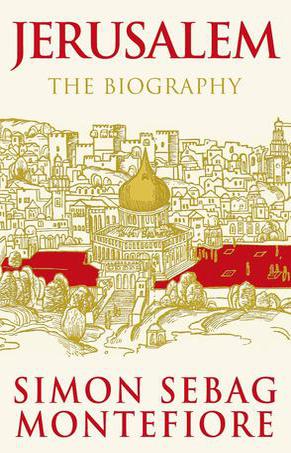
Jerusalem
Jerusalem is the universal city, the capital of two peoples, the shrine of three faiths; it is the prize of empires, the site of Judgement Day and the battlefield of today’s clash of civilizations. From King David to Barack Obama, from the birth of Judaism, Christianity and Islam to the Israel-Palestine conflict, this is the epic history of three thousand years of faith, slaughter, fanaticism and coexistence. How did this small, remote town become the Holy City, the “center of the world” and now the key to peace in the Middle East? In a gripping narrative, Simon Sebag Montefiore reveals this ever-changing city in its many incarnations, bringing every epoch and character blazingly to life. Jerusalem’s biography is told through the wars, love affairs and revelations of the men and women—kings, empresses, prophets, poets, saints, conquerors and whores—who created, destroyed, chronicled and believed in Jerusalem. As well as the many ordinary Jerusalemites who have left their mark on the city, its cast varies from Solomon, Saladin and Suleiman the Magnificent to Cleopatra, Caligula and Churchill; from Abraham to Jesus and Muhammad; from the ancient world of Jezebel, Nebuchadnezzar, Herod and Nero to the modern times of the Kaiser, Disraeli, Mark Twain, Lincoln, Rasputin, Lawrence of Arabia and Moshe Dayan. Drawing on new archives, current scholarship, his own family papers and a lifetime’s study, Montefiore illuminates the essence of sanctity and mysticism, identity and empire in a unique chronicle of the city that many believe will be the setting for the Apocalypse. This is how Jerusalem became Jerusalem, and the only city that exists twice—in heaven and on earth. -
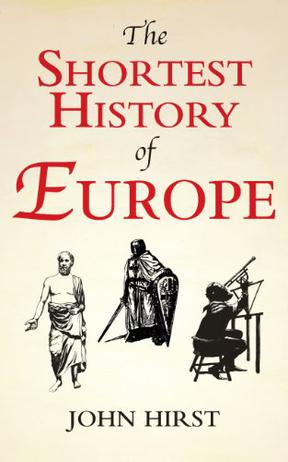
The Shortest History of Europe
This text offers a rapid overview of European civilisation, describing its birth from an unlikely mixture of three elements - classical learning, Christianity & German warrior culture. Over the centuries, this unstable blend produced distinctive characters, & its coming apart provided the dynamic of European history in modern times. -
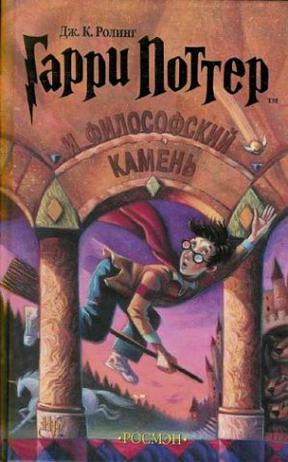
Garri Potter i filosofskii kamen / Harry Potter and the Philosopher's Stone (Russian Edition)
-
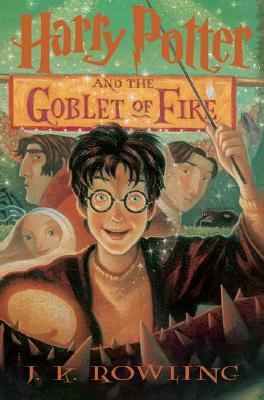
Harry Potter and the Goblet of Fire
In Harry Potter and the Goblet of Fire, J.K. Rowling offers up equal parts danger and delight--and any number of dragons, house-elves, and death-defying challenges. Now 14, her orphan hero has only two more weeks with his Muggle relatives before returning to Hogwarts School of Witchcraft and Wizardry. Yet one night a vision harrowing enough to make his lightning-bolt-shaped scar burn has Harry on edge and contacting his godfather-in-hiding, Sirius Black. Happily, the prospect of attending the season's premier sporting event, the Quidditch World Cup, is enough to make Harry momentarily forget that Lord Voldemort and his sinister familiars--the Death Eaters--are out for murder. Readers, we will cast a giant invisibility cloak over any more plot and reveal only that You-Know-Who is very much after Harry and that this year there will be no Quidditch matches between Gryffindor, Ravenclaw, Hufflepuff, and Slytherin. Instead, Hogwarts will vie with two other magicians' schools, the stylish Beauxbatons and the icy Durmstrang, in a Triwizard Tournament. Those chosen to compete will undergo three supreme tests. Could Harry be one of the lucky contenders? But Quidditch buffs need not go into mourning: we get our share of this great game at the World Cup. Attempting to go incognito as Muggles, 100,000 witches and wizards converge on a "nice deserted moor." As ever, Rowling magicks up the details that make her world so vivid, and so comic. Several spectators' tents, for instance, are entirely unquotidian. One is a minipalace, complete with live peacocks; another has three floors and multiple turrets. And the sports paraphernalia on offer includes rosettes "squealing the names of the players" as well as "tiny models of Firebolts that really flew, and collectible figures of famous players, which strolled across the palm of your hand, preening themselves." Needless to say, the two teams are decidedly different, down to their mascots. Bulgaria is supported by the beautiful veela, who instantly enchant everyone--including Ireland's supporters--over to their side. Until, that is, thousands of tiny cheerleaders engage in some pyrotechnics of their own: "The leprechauns had risen into the air again, and this time, they formed a giant hand, which was making a very rude sign indeed at the veela across the field." Long before her fourth installment appeared, Rowling warned that it would be darker, and it's true that every exhilaration is equaled by a moment that has us fearing for Harry's life, the book's emotions running as deep as its dangers. Along the way, though, she conjures up such new characters as Alastor "Mad-Eye" Moody, a Dark Wizard catcher who may or may not be getting paranoid in his old age, and Rita Skeeter, who beetles around Hogwarts in search of stories. (This Daily Prophet scoop artist has a Quick-Quotes Quill that turns even the most innocent assertion into tabloid innuendo.) And at her bedazzling close, Rowling leaves several plot strands open, awaiting book 5. This fan is ready to wager that the author herself is part veela--her pen her wand, her commitment to her world complete. (Ages 9 and older) --Kerry Fried